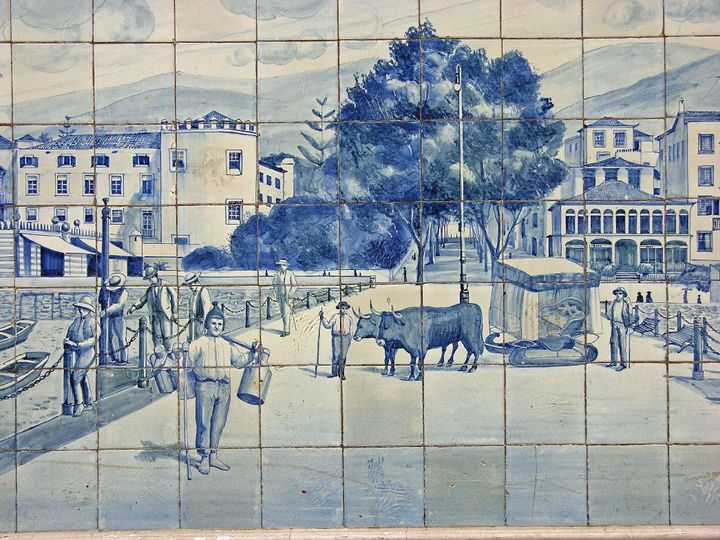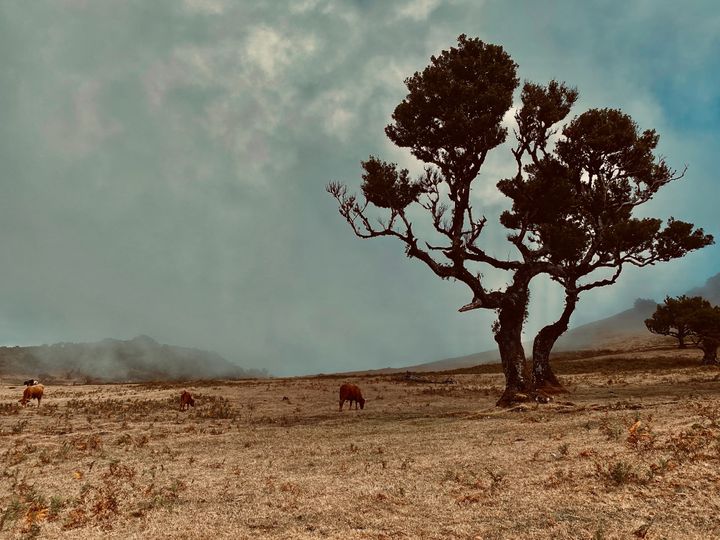Born from Fire and Sea, the geological birth of Madeira
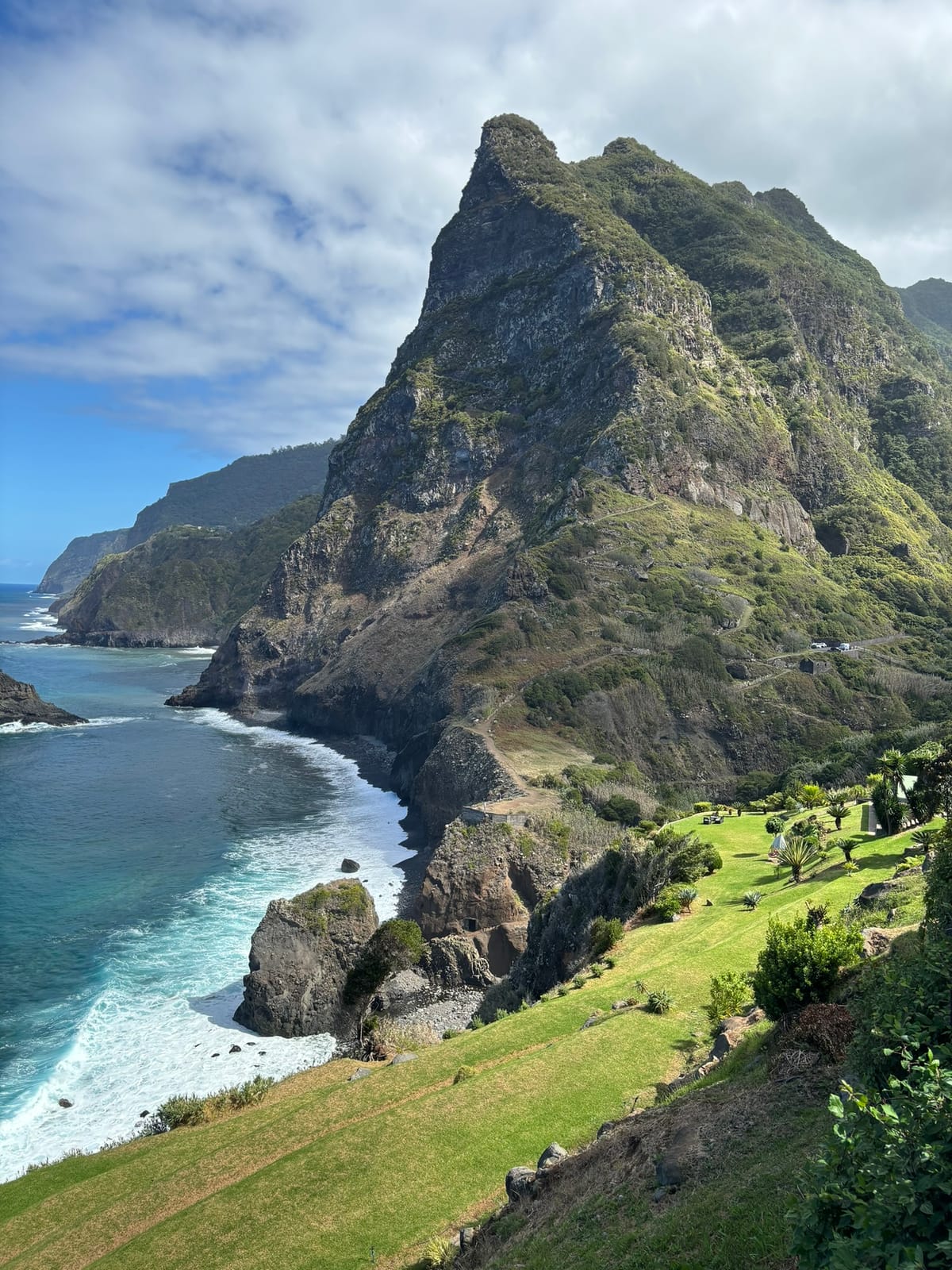
Madeira's volcanic islands showcase nature's incredible power that shaped our world. In the Atlantic Ocean, their captivating history reveals their journey from fiery beginnings to the lush beauty that attracts visitors today
Some 20 million years ago, immense tectonic forces were at work beneath the ocean's surface. The plates of the earth moved, creating a spot where one plate went underneath another. This caused rocks to melt under the intense heat and pressure, forming magma. The molten rock then moved up and erupted as volcanoes.
As the volcanoes erupted again and again, a lot of lava, ash and volcanic material was piled up over millions of years. These piles formed the base of the Madeira Islands. The earth's crust was always in motion, shaping the land and, even underwater, volcanoes contributed to the growth of the islands. Eventually, the volcanic material emerged from the water, forming a small island that gradually expanded over time.
The last eruptions took place about six thousand years ago and nowadays the volcanoes are inactive.
Madeira Island is therefore a mountain peak that rises 5000 meters above the sea floor. Only two fifths of the mountain is above the water.
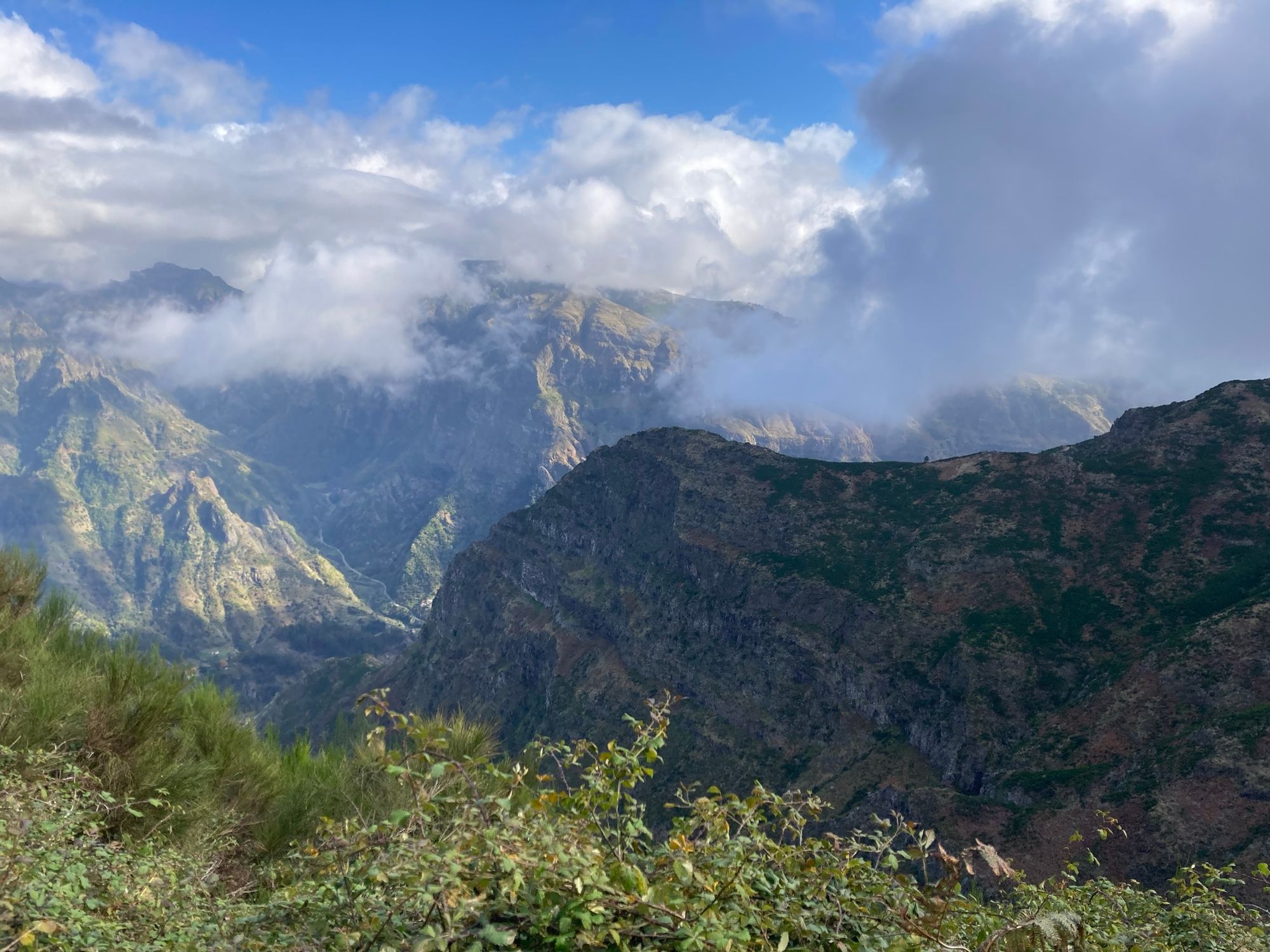
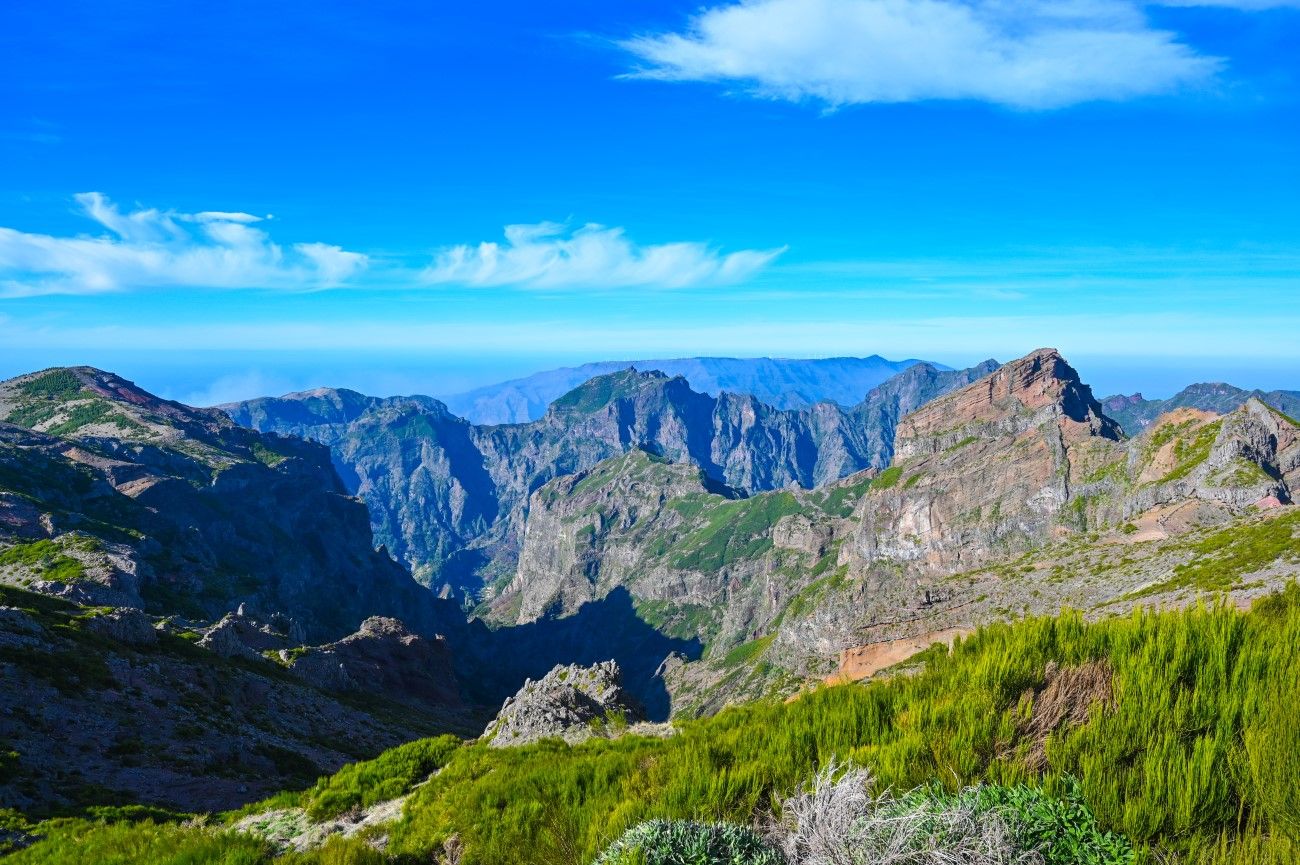

The islands in the Madeira archipelago likely emerged around 5 to 7 million years ago. The newly formed islands were subject to intense erosion caused by rain, wind, and wave action. These erosion forces sculpted the landscape, creating valleys, cliffs, and terraced formations.
The rich volcanic soils contributed to the development of lush vegetation. Madeira's special land, with different heights and weather, was just right for lots of different plants to grow. Across many years, seeds came by wind and water to the new islands, creating life here. Its isolation from the mainland has led to the development of a remarkable array of endemic species - plants and birds found nowhere else on Earth. Around 295 bird species and subspecies have been recorded on the Island, and 42 of them breed here.
Some of these are:
Madeira's laurel forest (Fanal) - The Madeira Laurel Forest, also known as Laurisilva, is an ancient and fascinating ecosystem that holds a special place in the island's history. This unique type of forest, with its lush and always-green plants, has been kept safe for millions of years, like a precious piece of the past. Mosses reproduce through spores and play an important role in ecosystems by helping to retain moisture, prevent soil erosion, and provide habitat for various small organisms.
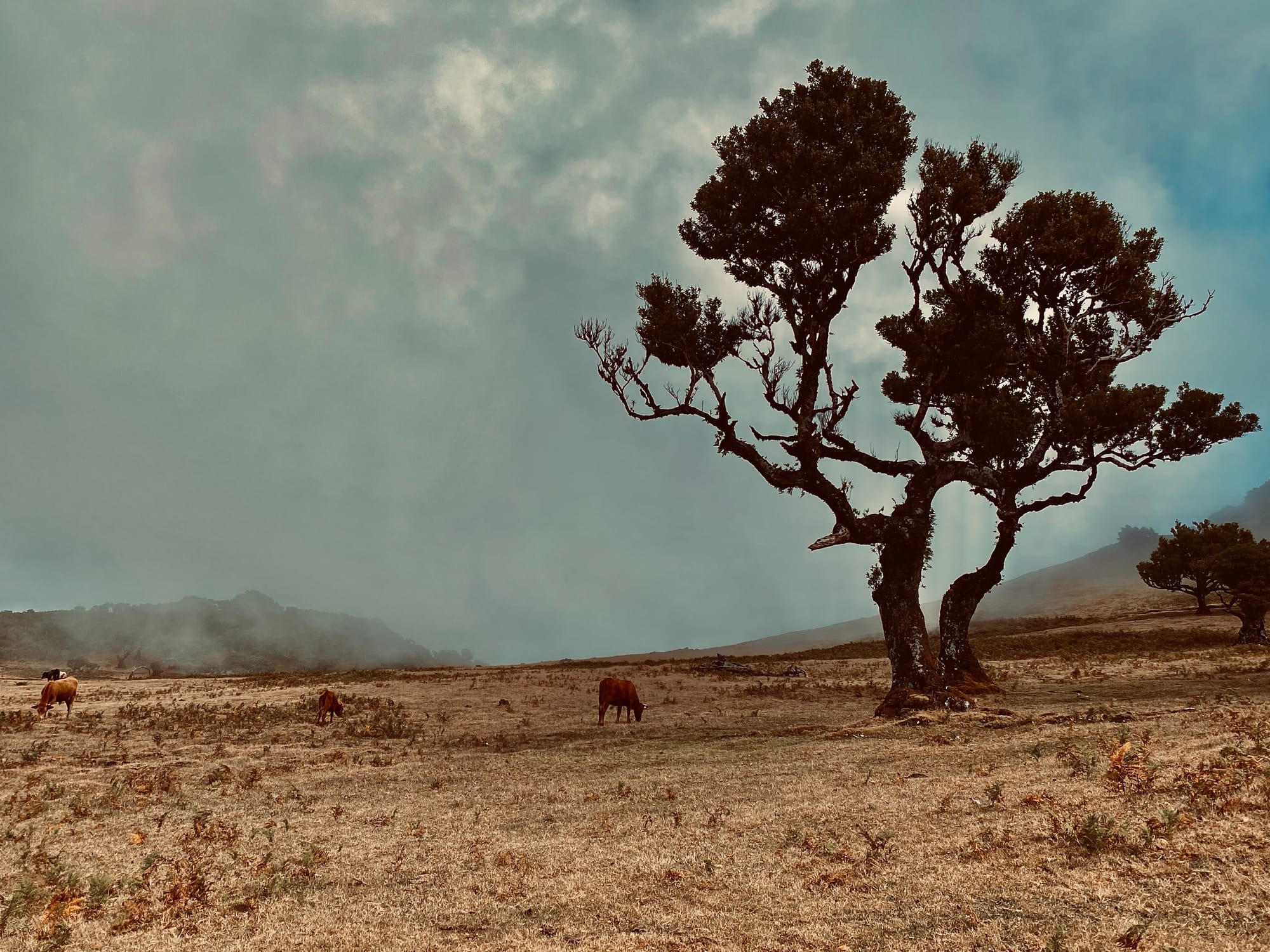
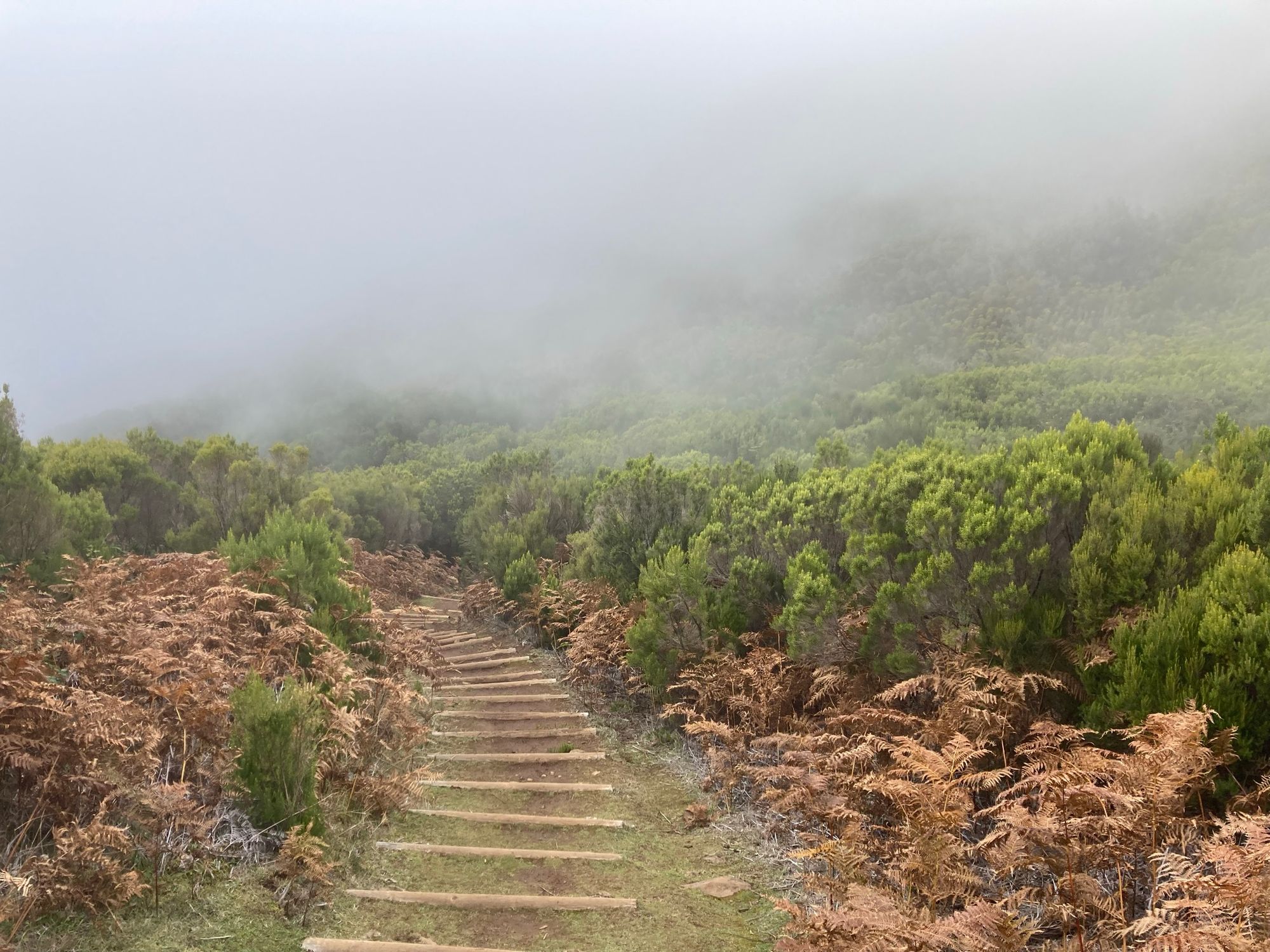
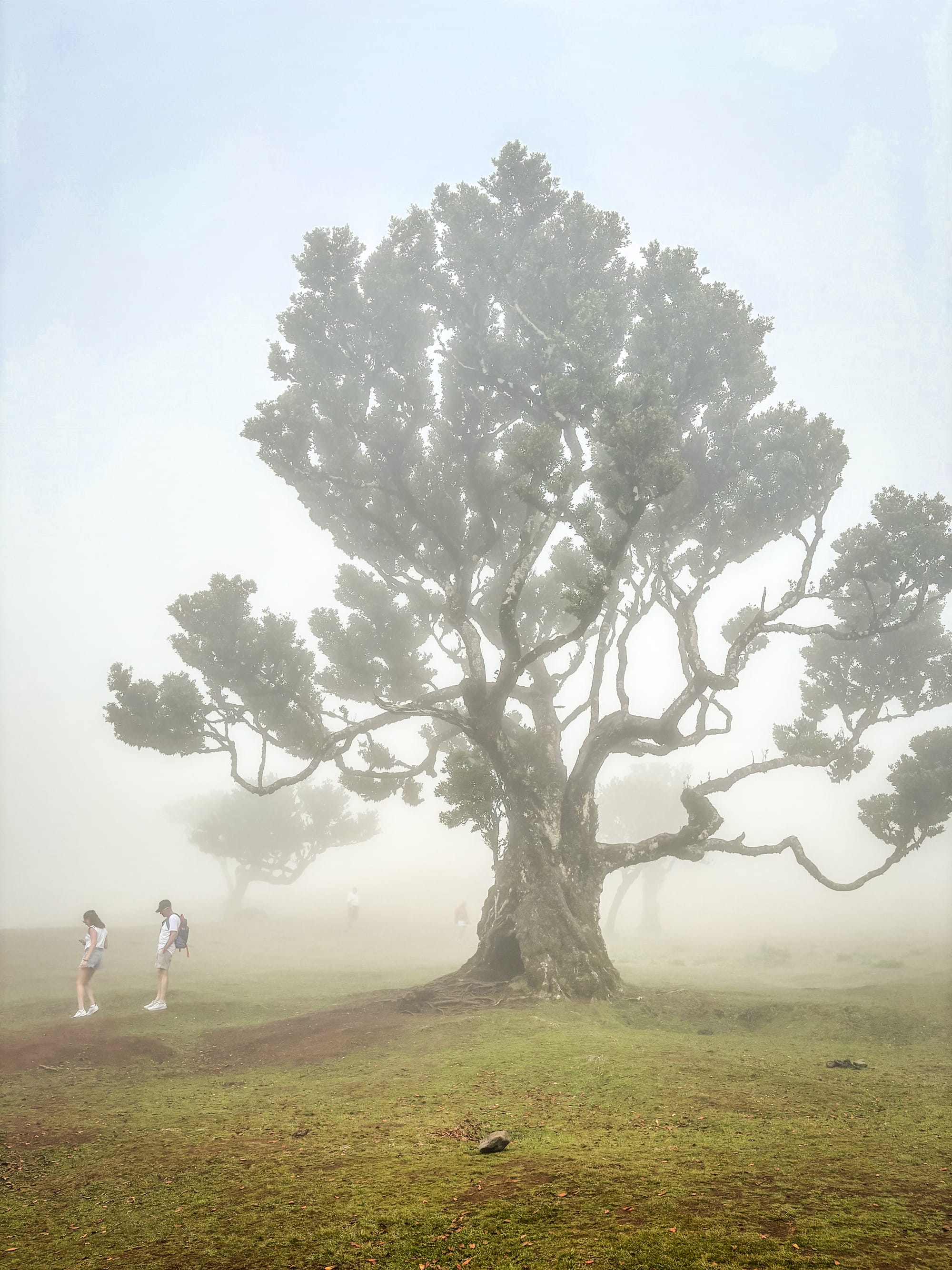
The floral diversity of the islands is equally captivating, with numerous endemic orchid species decorating Madeira's landscapes such as Madeira Orchid (Dactylorhiza foliosa).
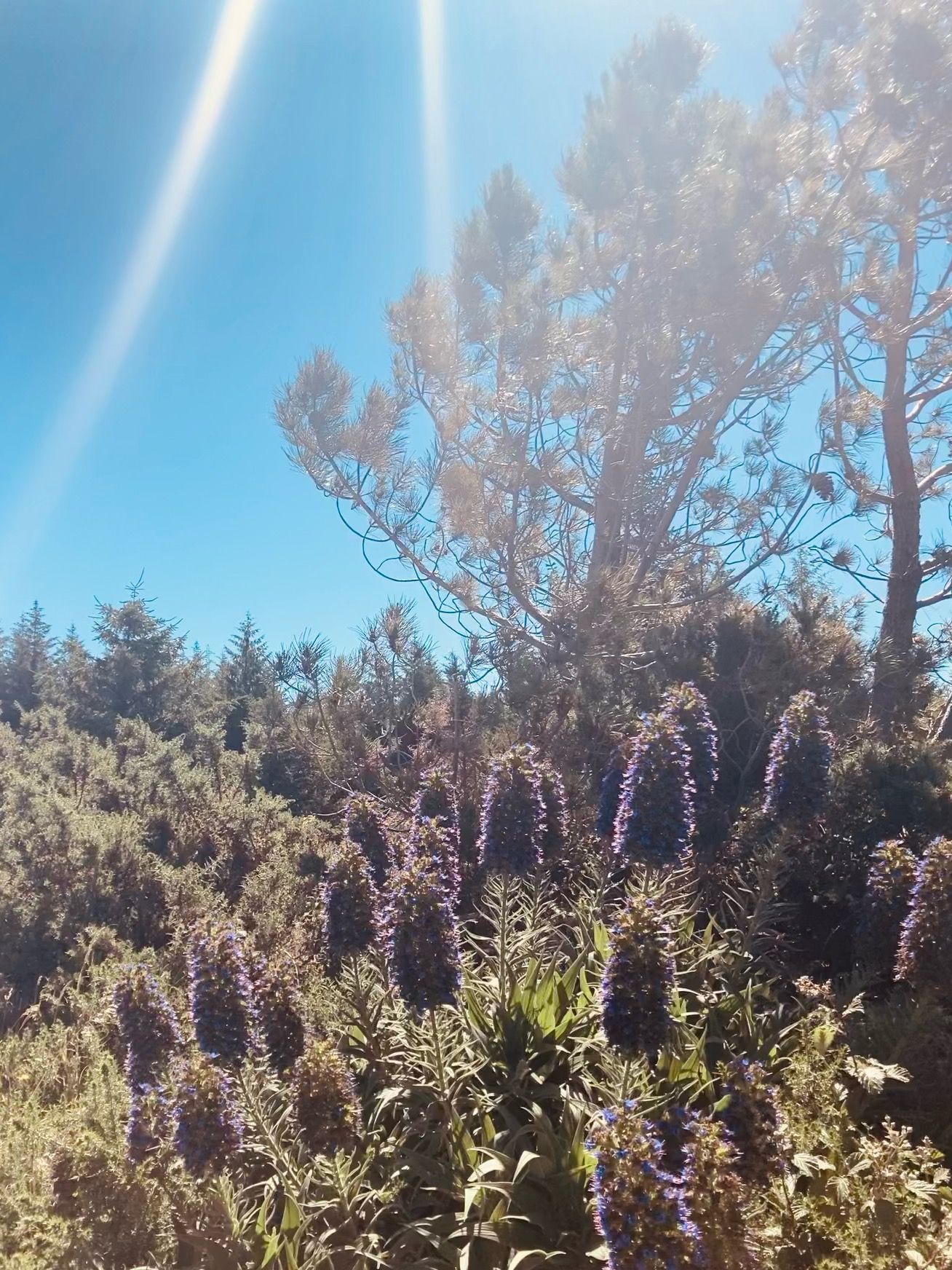
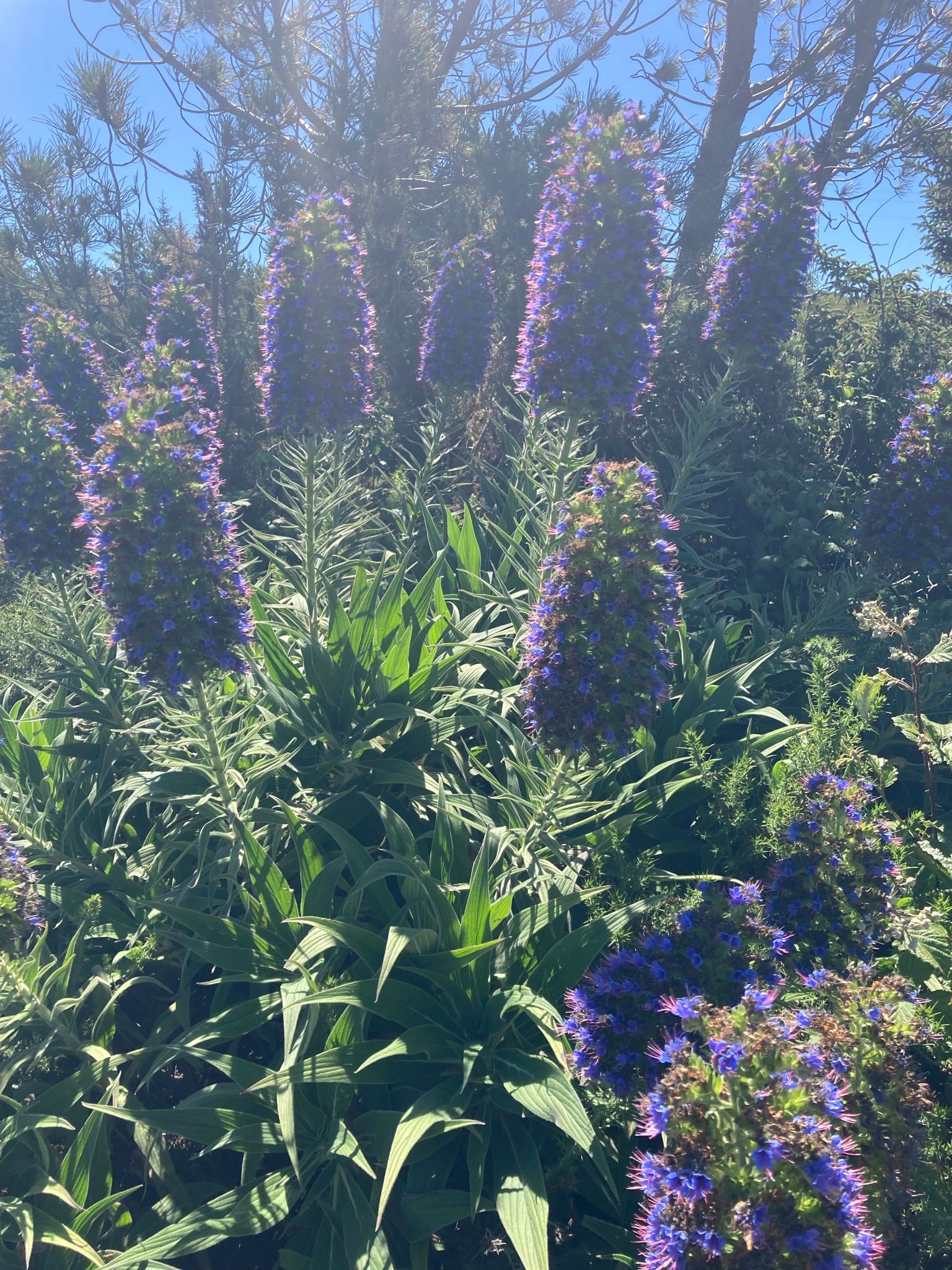
Trocaz Pigeon - It lives mainly in the ancient forests (Laurisilva) and helps plants grow by spreading their seeds.

Madeiran Petrel. People call it "Freira." This bird is famous for flying long distances across the ocean. It makes its homes in holes on tall cliffs, and its spooky calls can be heard at night, adding to the mystery of the islands.
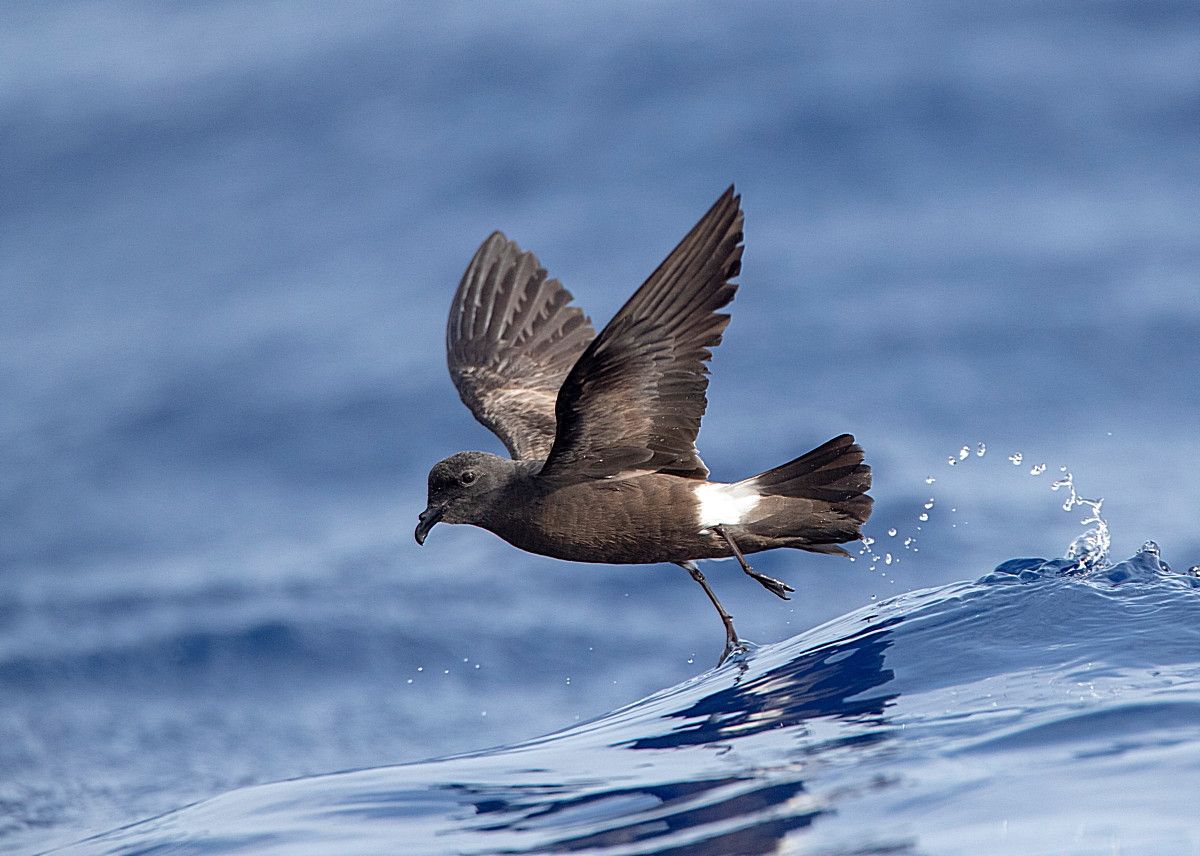
Madeiran Speckled Wood Butterfly (Pararge xiphia maderensis): This butterfly is endemic to Madeira and can be spotted in the forest's sunny clearings.
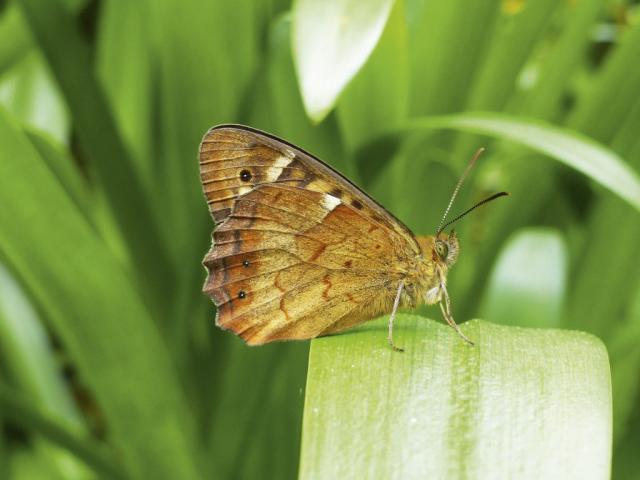
Madeira Wall Lizard (lagartixa) - a reptilian wonder found only on the islands. It has adapted to different habitats, from coastal cliffs to lush valleys.
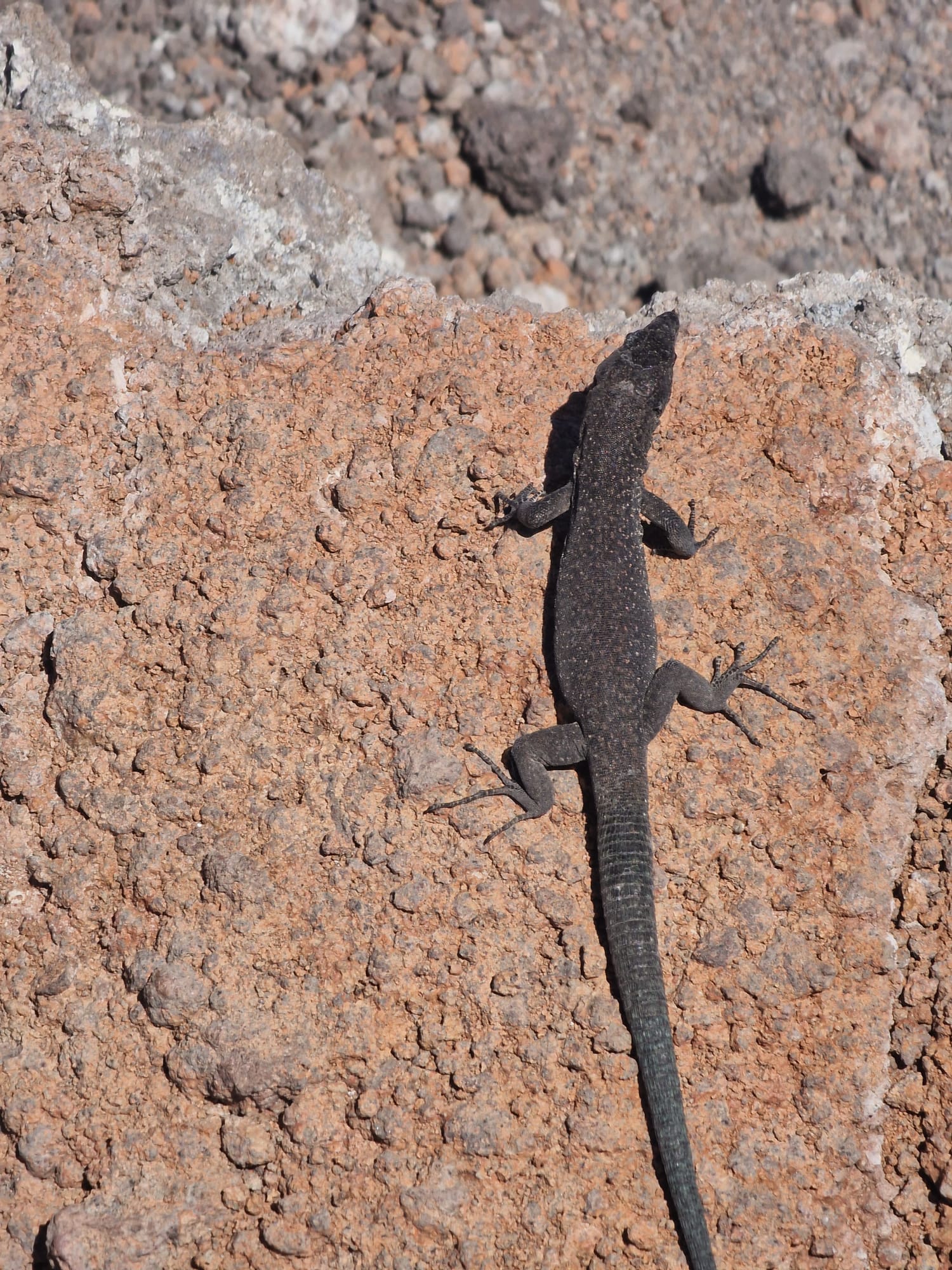
Madeira shows how our planet's landscapes have been shaped for millions of years. Today, visitors are drawn to its beauty and to the chance of experiencing its history and charms first hand.

